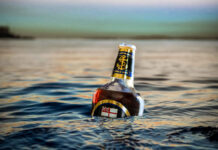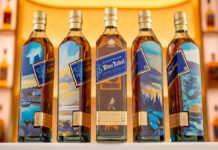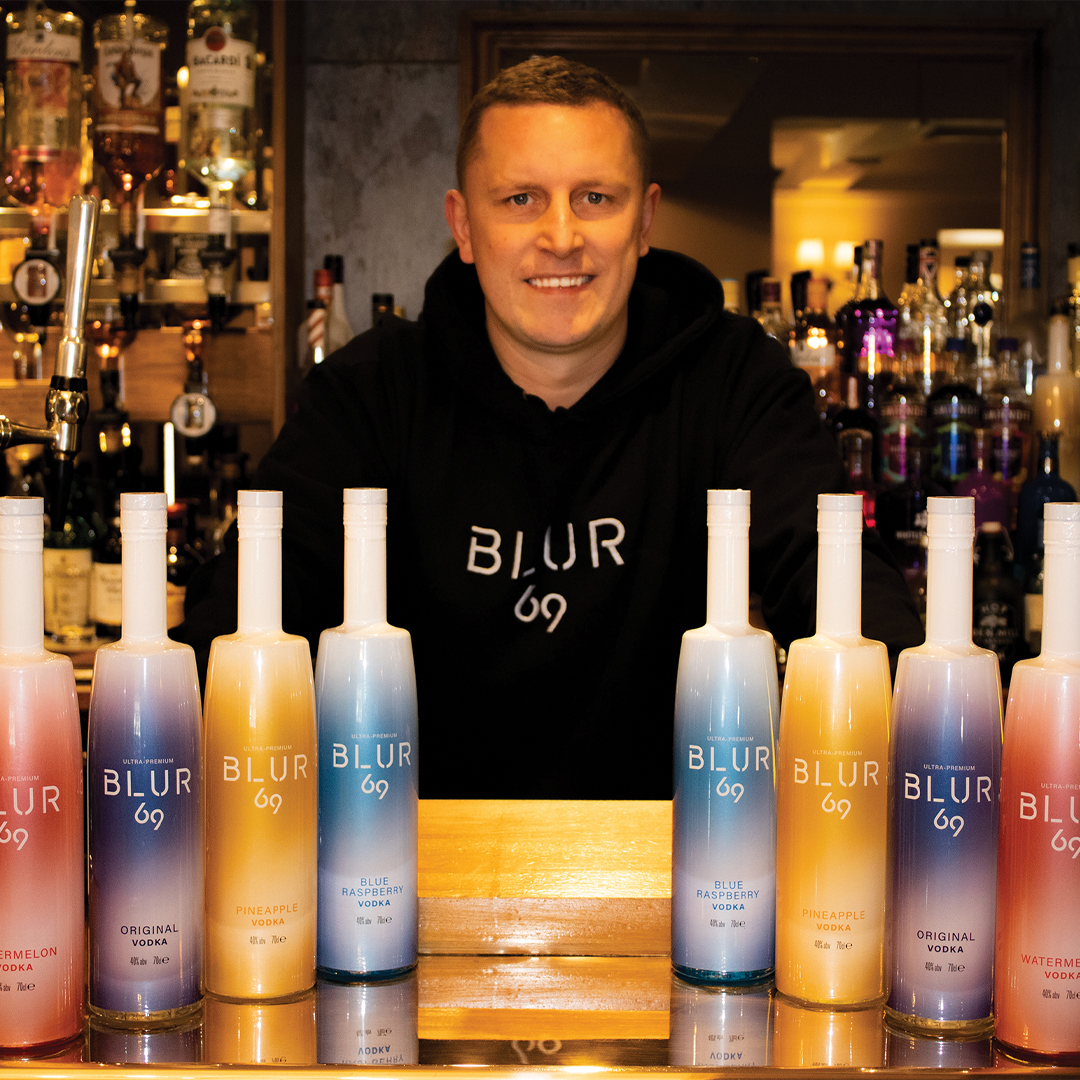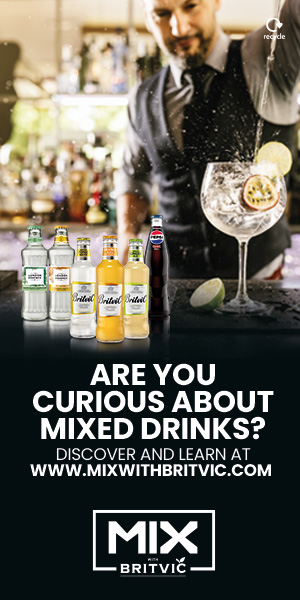New styles credited with attracting broader consumer base to category

DIVERSITY is driving the growth of ale and attracting a broader range of consumers to the category.
That was the message from brewers contacted by SLTN last week, who said the variety of both cask and keg ale products now available is appealing to a wider demographic and contributing to the sector’s rude health.
Andrew Turner of Heineken, the firm behind the John Smith’s brand, said cask ales and craft beer are showing “definite growth” for the first time since the early 1990s.
“This growth can largely be attributed to the variety of styles and flavours, which appeal to consumers looking for new experiences and attracting consumers because of their provenance, tradition and heritage credentials,” he said.
“Consumers’ drinking repertoires have expanded in recent years, making them more willing to experiment with new brands and flavours.
“They are more ‘well-travelled’ than previous generations and exposed to a variety of new brands on the internet and social media sites, making them keen to sample new brands and flavours.
“This increased interest has led to an explosion of flavour varieties, ranging from pale ales to bitters, stouts and speciality beers.”
Molson Coors, whose ale brands include Caffrey’s and Doom Bar, also highlighted the sector’s diversity as being key to its growth.
“The ale category is still a great success in the Scottish on-trade, and we have certainly witnessed this with our own brands,” said a spokeswoman for the beer firm, adding that “an increasing diverse range of drinkers” including younger drinkers and women are purchasing ale.
However, despite the apparent broadening of the ale demographic, Molson Coors suggested that the “core target demographic” continues to sustain the category while new consumers are important “in order to ensure the longevity” of the sector.
Striking a balance between pleasing the traditional ale drinker and those customers trying the category for the first time is a challenge operators must meet at the pumps.
Ian Risby, divisional manager for Scotland at McEwan’s parent company Wells & Young’s, advised publicans to stock “the right range for their customers”, finding a balance between the trend towards premium products and a “value conscious” public.
“Consumers are experimenting with new varieties of ales but we also know that there is still a clear demand for brands they recognise and can trust,” he said.
Consumers’ drinks repertoires have expanded in recent years; they are more willing to experiment.
“The key to success is about keeping the ale range diverse so operators should avoid being tempted into offering an exclusively ‘craft’ range of ales.
“While there is undoubtedly a place for these on the bar, too many relatively unknown beers may result in slow turnover which will affect beer quality, and ultimately profit.”
Bob Hogg, commercial director at Perth-based Inveralmond Brewery, agreed that operators should be wary of “the perpetual search for ‘new’ things”, but said he does expect the category to continue evolving.
“We expect to see ‘world’ beer brands and traditions growing in 2014,” said Hogg.
“This does not necessarily mean imports. More likely would be indigenous brewers turning their well-honed skills to some new beer styles that have proved popular in other parts of the world.”
But introducing new ales to a bar isn’t simply a case of choosing a new range, according to Hogg, who advised publicans to ensure they have the “relevant information at their fingertips” when it comes to new ales.
“Knowing how the beer is made, what it tastes like and how it may go well with food would be three prerequisites,” said Hogg.
For those pubs introducing an ale range, it may be best to start small before building it up, according to Chris Houlton, managing director at Greene King Brewing and Brands, the firm behind Scottish ale brand Belhaven.
“Operators should always play to their strengths and start small with one or two key categories they want to be known for,” he explained.
“Best-sellers should be available and visible at all times and complimented by a trade-up where appropriate.
“Building on your offer gradually by introducing more choice can then follow once you’ve established a rock-solid range of core brands.”
With an ale range in place, pubs are uniquely positioned to offer something that can’t be matched by the off-trade, said Houlton.
“A great pub experience simply cannot be replicated at home,” he added.
“That’s why serving a quality, well-kept liquid in the right glassware is essential every time.
“Employing staff with the passion and knowledge to educate and enthuse drinkers is also key when looking to get consumers re-ordering, returning and recommending your business.”
Jo Stewart of Edinburgh-based Stewart Brewing agreed that while there is “still growing interest” in the category, operators who want to make the most of a reinvigorated ale category shouldn’t simply rely on the brewers. Stewart suggested publicans hold special events to promote the category.
“Offer tastings, meet the brewer, tap takeover and beer and food matching events,” said Stewart.



















